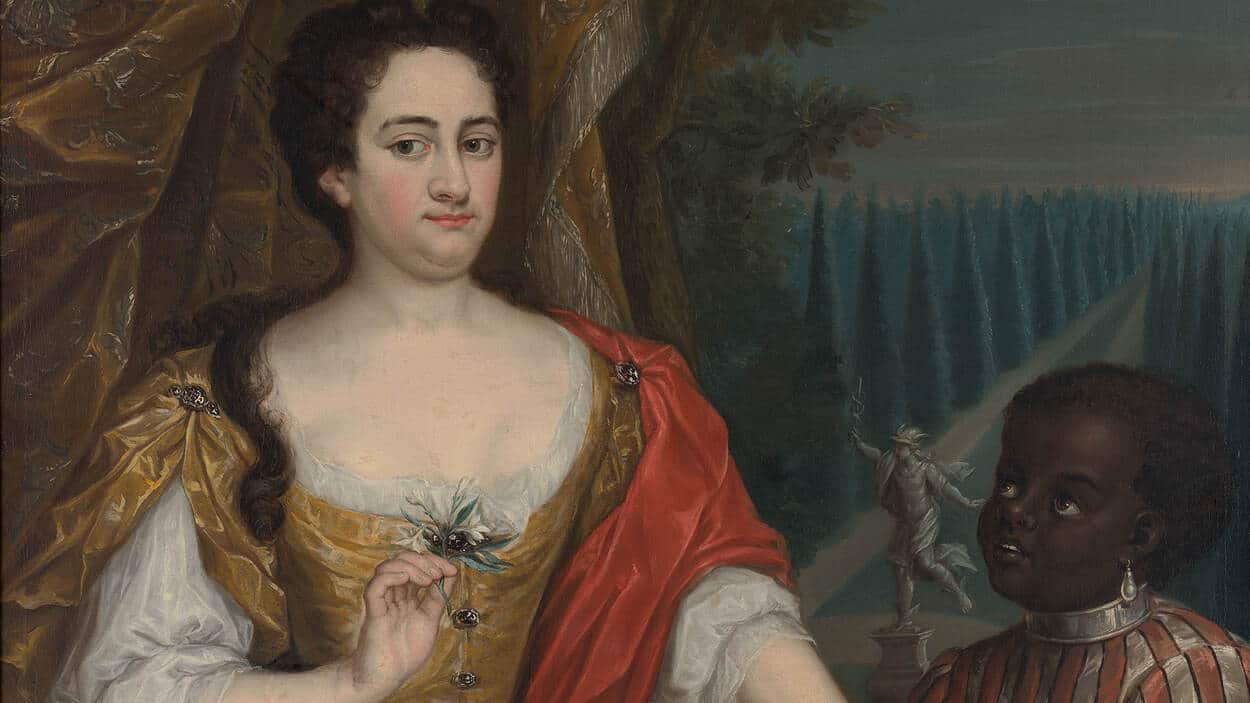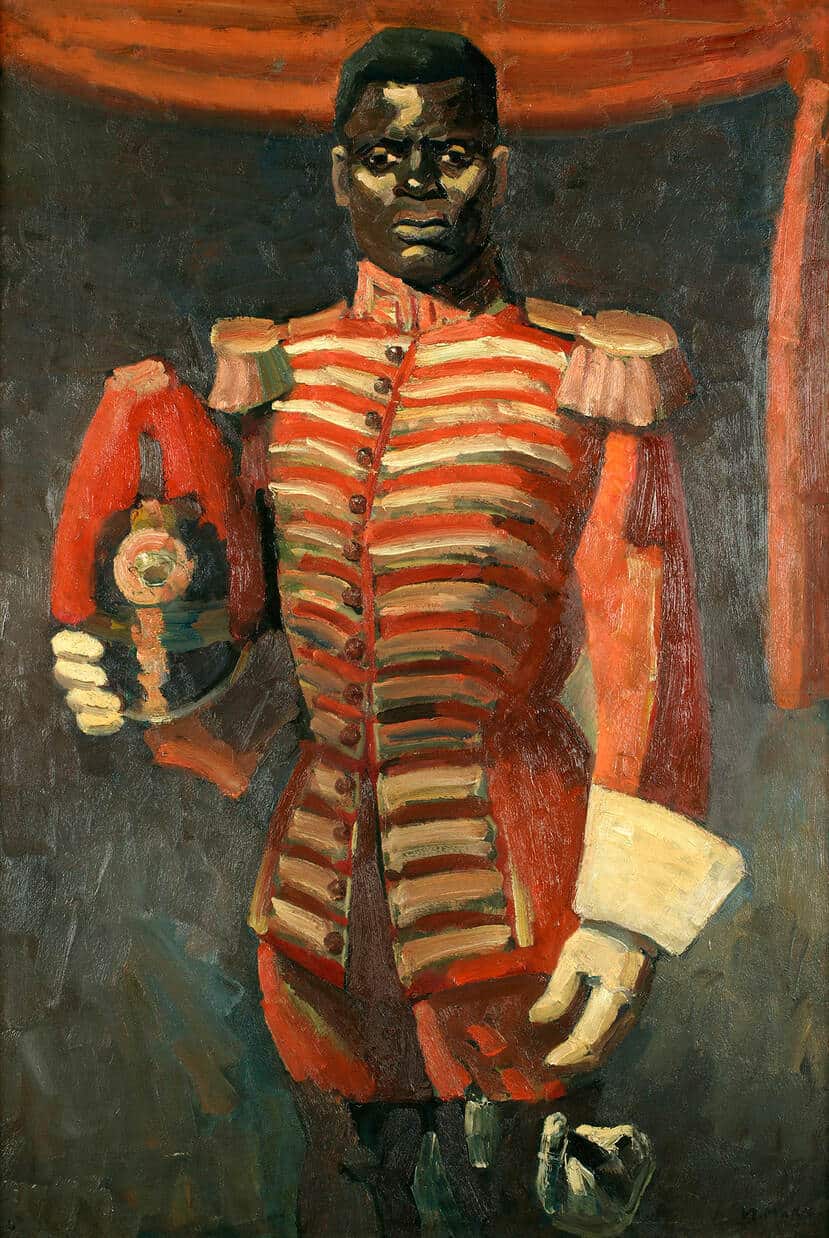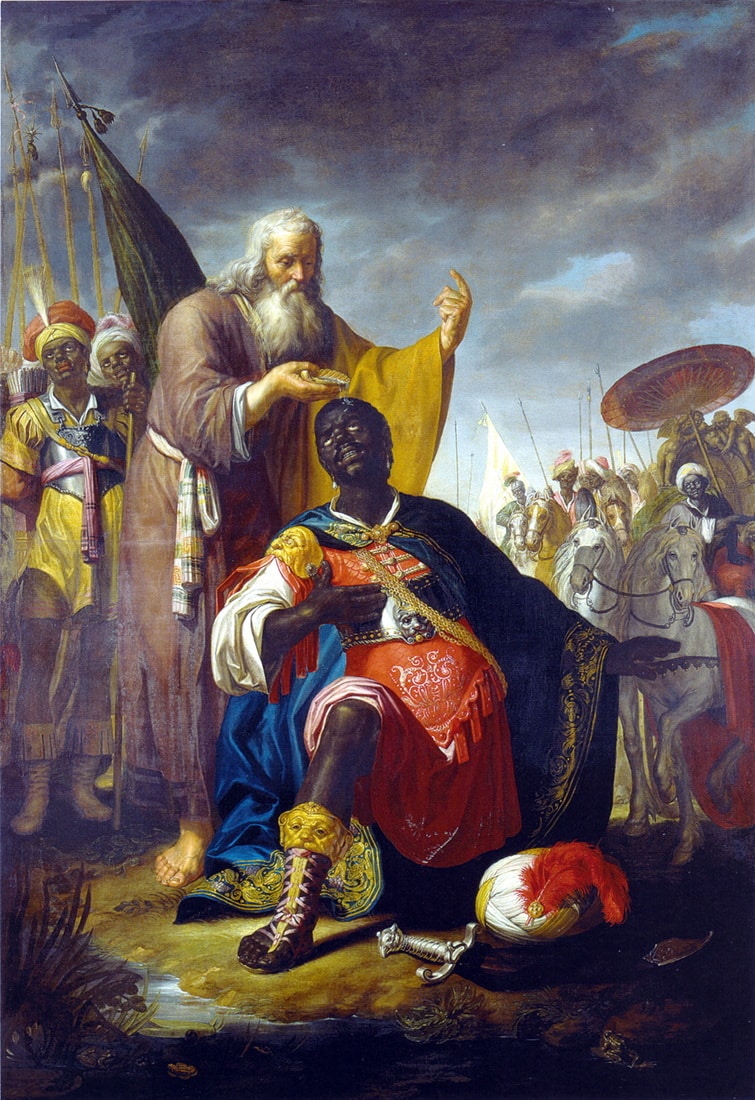The Cultural Heritage Agency of the Netherlands searched its collection for traces of slavery and colonial history. An online magazine presents the results of this pilot study with a report of how the research was done, and a virtual exhibition of 25 objects, each described by three different authors.
 Marcus Lodovicus Antonius Clifford, Adriana Wilhelmina Burlamacchi (1684-1760), 1730
Marcus Lodovicus Antonius Clifford, Adriana Wilhelmina Burlamacchi (1684-1760), 1730© RCE - Detail of photo: Margareta Svensson
A question being asked more and more in recent years is to what extent slavery and our colonial past is visible in heritage collections. It is a question that stems from a need for recognition and acknowledgement, and it is also related to broader social developments towards greater awareness of our shared history. The Cultural Heritage Agency of the Netherlands (RCE) asked this question in relation to its art collection, which contains more than 100,000 objects.
The starting point
 Kees Maks, Zulu in Uniform of the English Colonial Army, first quarter of the 20th century
Kees Maks, Zulu in Uniform of the English Colonial Army, first quarter of the 20th century© RCE - Photo: Ton Hartjens
This research, which was undertaken within the context of the Shared Cultural Heritage programme, started as a pilot project and lasted more than a year. To avoid its own blind spots, the RCE installed an Advisory Board with diverse members. They advised the RCE on matters as to whether the original title given by the painter should be maintained, even if it contains words that are offensive and outdated. Quotation marks now indicate that the title comes directly from the painter.
Focus on multiperspectivity
To share its search method and the list of search terms that were used, the RCE published an e-magazine in Dutch and English called ‘Traces of Slavery and Colonial History’. For a topic like this, multiperspectivity is important. To include multiple viewpoints, 25 representative objects were added and each was described by three different authors.
 Abraham Bloemaert, The Baptism of the Chamberlain, 1620-1625
Abraham Bloemaert, The Baptism of the Chamberlain, 1620-1625© RCE - Centraal Museum Utrecht
A total of 31 curators and specialists from various backgrounds, both young and not so young, contributed to this task. The assignment had an open description: write a piece about this object from your own viewpoint, knowledge, and perspective. With their knowledge, ideas, and feelings, they added new layers and meanings to the objects, giving a voice to these long silent witnesses from the past. The results are unexpected and sometimes confrontational.
What next?
The next step is to sort out the almost 2,000 objects that were ‘found’ in the collection. The RCE will adjust titles and descriptions where they are incomplete, outdated, offensive, or derogatory. The RCE hopes that researchers, students, volunteers, and interested parties add to this work from different angles and perspectives. That will allow the RCE to enrich the objects with knowledge and context.
In English: Traces of Slavery and Colonial History (highlights)
In Dutch: E-Magazine Sporen van slavernij en koloniaal verleden
The objects found during the pilot research (work in progress)












